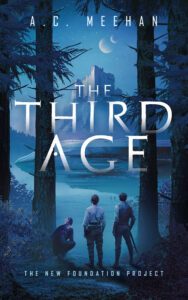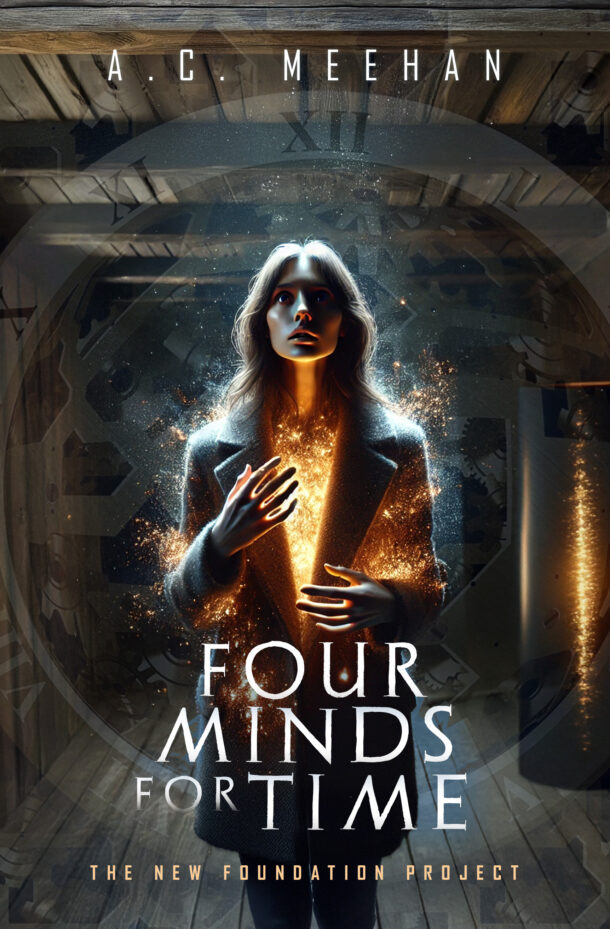Editing is a complex process, or should be. There have been times in corporate life when I’ve been distressed by the realization that many people don’t really distinguish between content editing and proofreading. They are different, and both are necessary — like the melody and the beat. Do a quick search for “different kinds of editors” and you’ll see how many ways people articulate the distinctions. I like to think of it as four stages, which aren’t necessarily sequential: content, structure, style, and mechanics.
While a novelist or a journalist usually has an opportunity to get help editing, my experience is that in corporate situations we usually have to self-edit. At the very least, we need to be able to do some parts of it independently, to cut down on review time and “opinion edits” from other people. Being able to edit our own work is a superpower for any writer, and I want to share some of what I’ve learned.
Rather than doing one long post, I’m going to break this into a mini-series. I’ll explain the different purpose of each stage. We’ll look at the similarities and differences between editing corporate writing and fiction writing, because there’s art in both. And I’ll offer some how-to tips that will work for any category of writing.
I’m going to give you the most important tip first, though, and this goes for anything you write. When it comes to editing, the very first thing you need to do is nothing.
After you’ve finished a draft, wait. Take some time to walk away from it and think about other things, even if that’s just a few hours of the workday. After months of being deep in writing a novel, take longer. I set my first draft of A Signal for Redemption aside for almost a month.
It’s standard advice for a very good reason. Writing and editing are different processes, and require tapping into different perspectives. It’s easier to switch between them with a pause in the middle. (I’ve found that when going from writing to editing, I need the pause to change gears. Unfortunately, for me, it’s very easy to slide from editing back into writing, so in that case I need to make myself pause to avoid the trap of endless tinkering.) I’ve also found that in my case, different times of day are better suited: I’m usually more precise in the morning, and more creative in the late afternoon. Whenever I can, I set it up so that I can edit before my brain gets swirling into other things.
To be a better editor, stay away from your draft long enough for it cool. Let the froth of the bubbling words and ideas subside. Forget what you meant to say. Then the iterative work begins.
Next | Part 2: The Content Edit – Editing for Coherence
Photo by Suzy Hazelwood from Pexels




